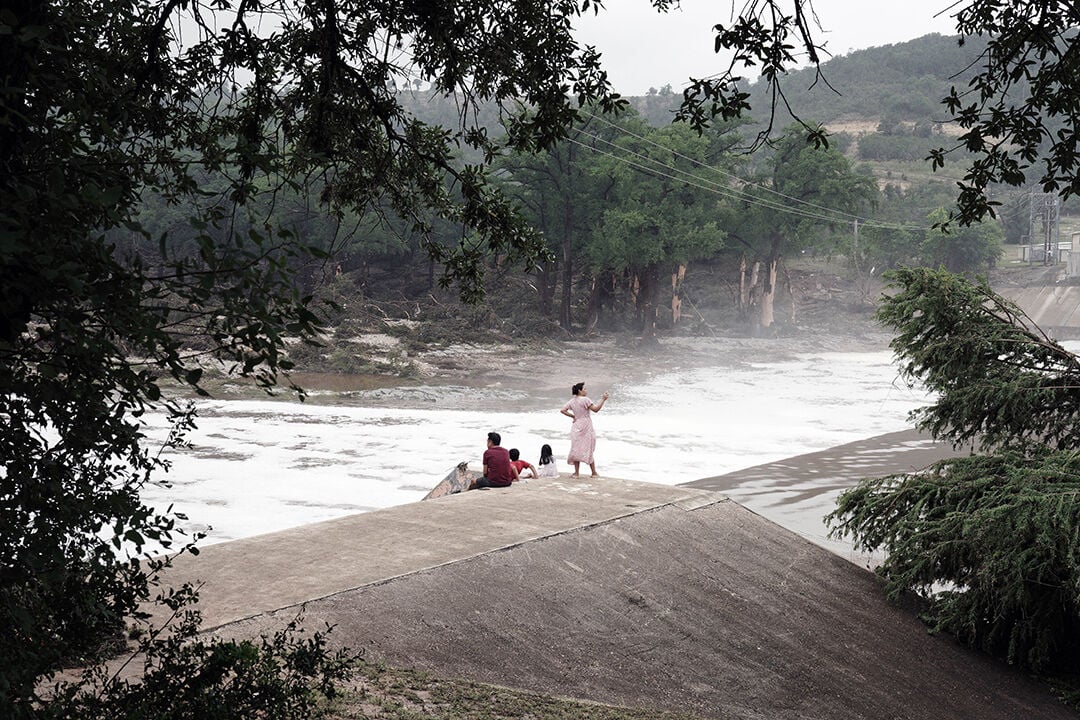Why was the flooding in Texas so deadly?
A mixture of geography, catastrophic rainfall and a lack of preparedness
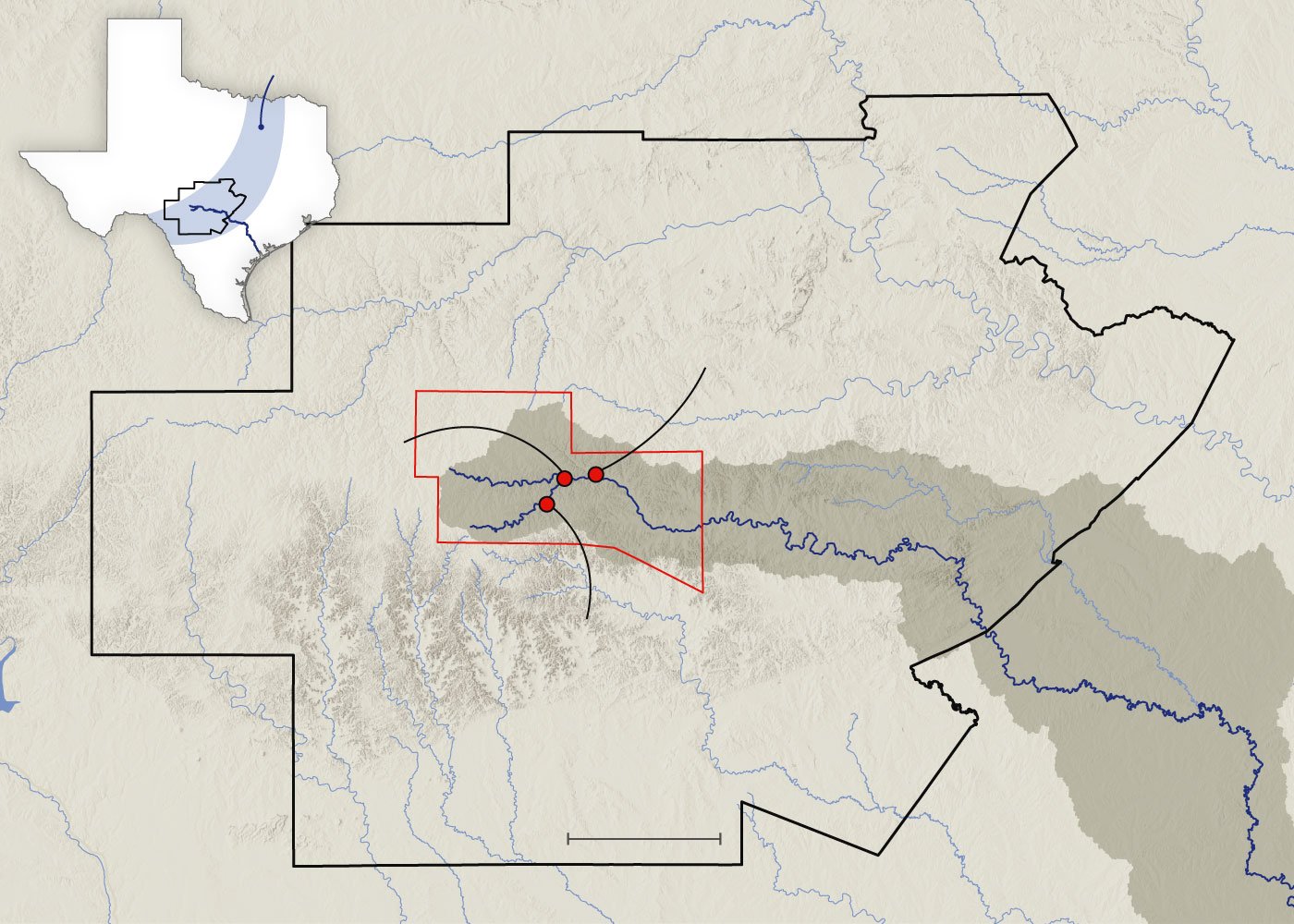
Flash Flood Alley
Texas
Texas Hill Country
Ingram weather station
nty
Kerr County
Hunt water gauge
Guadalupe river
Camp Mystic
Guadalupe
river basin
50 km
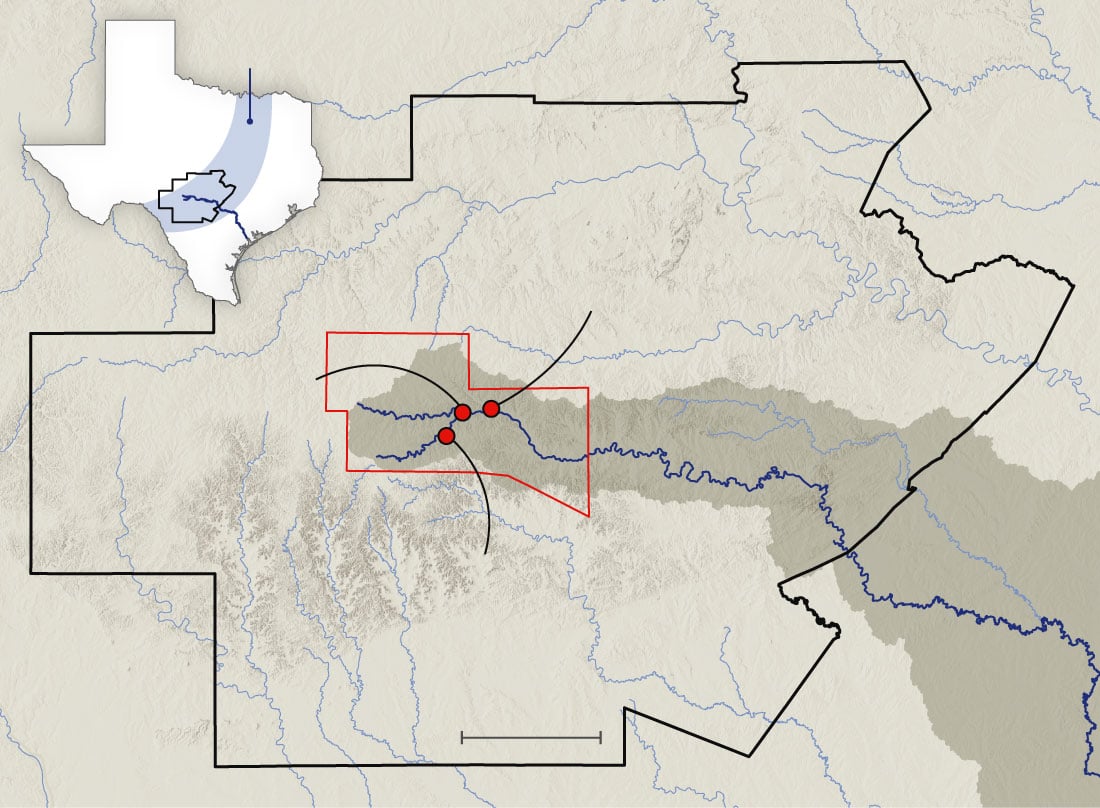
Flash Flood Alley
Texas
Texas Hill Country
Ingram weather station
nty
Kerr County
Hunt water gauge
Guadalupe river
Camp Mystic
Guadalupe
river basin
50 km
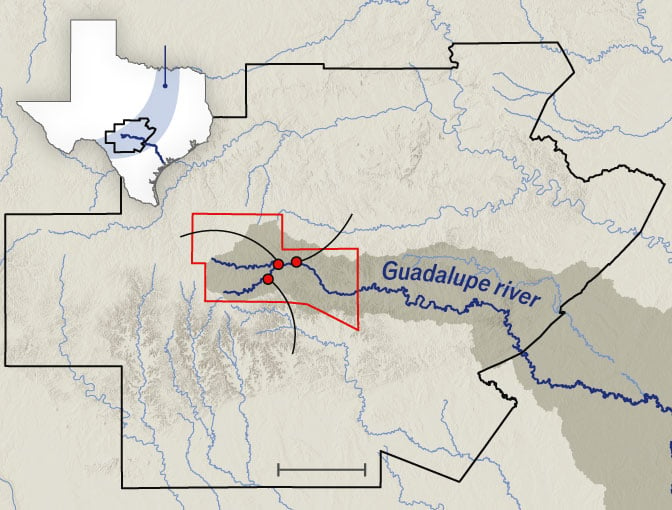
Flash Flood Alley
Texas
Texas Hill Country
Texas Hill Country
Ingram
weather
station
ounty
Kerr County
Hunt
water
gauge
Hunt
water
gauge
Guadalupe
river basin
Camp
Mystic
50 km
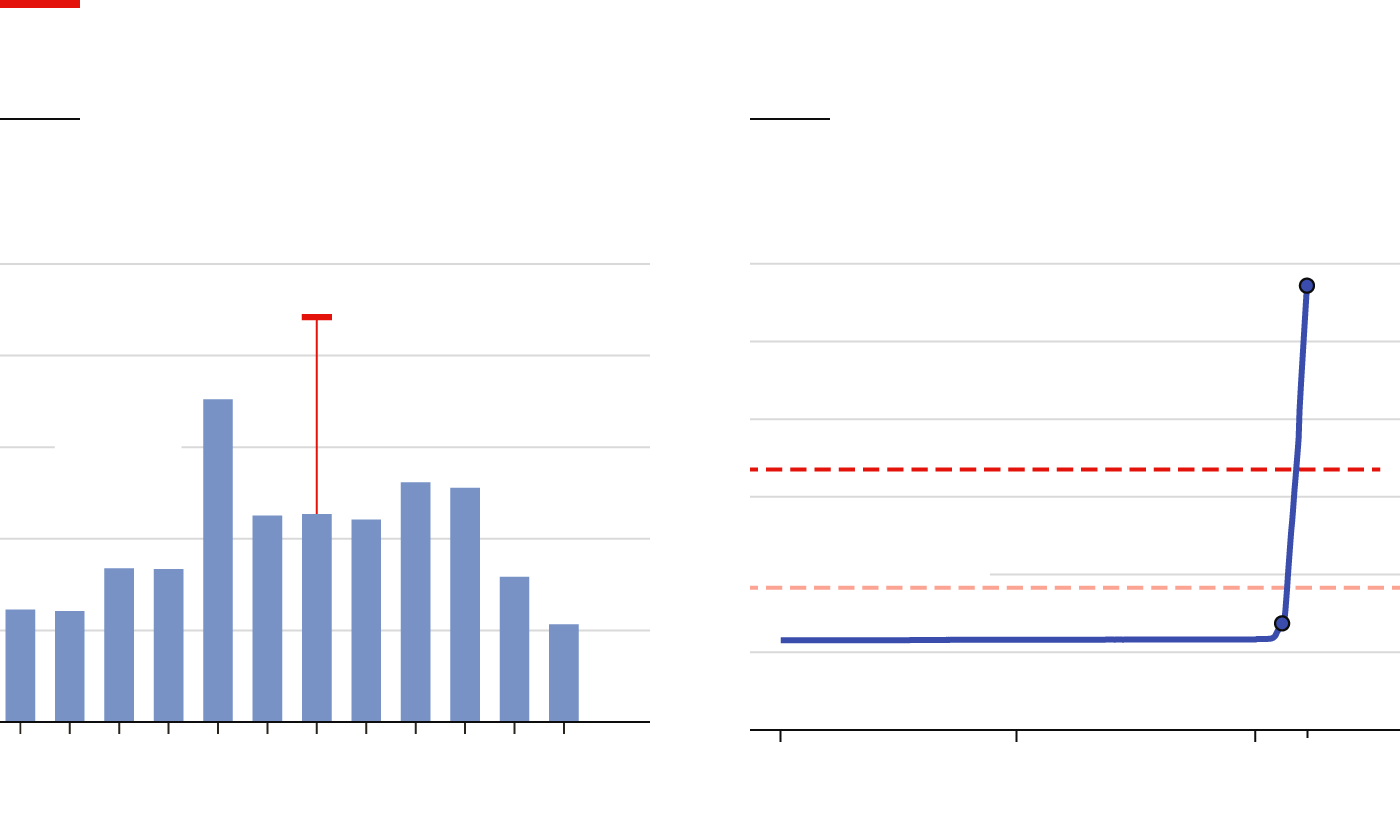
Historical proportions
Ingram weather station Texas,
rainfall, cm
Guadalupe River at Hunt,
water level, July 2025, metres
15
12
11.4 metres at 05:10am
July 4th 2025
10
12
8
9
2000-25
monthly
average
Major flooding
6
6
4
Moderate flooding
3
2.7 metres at 02:30am
2
0
0
J
F
M
A
M
J
J
A
S
O
N
D
2nd
3rd
4th
Source: NOAA
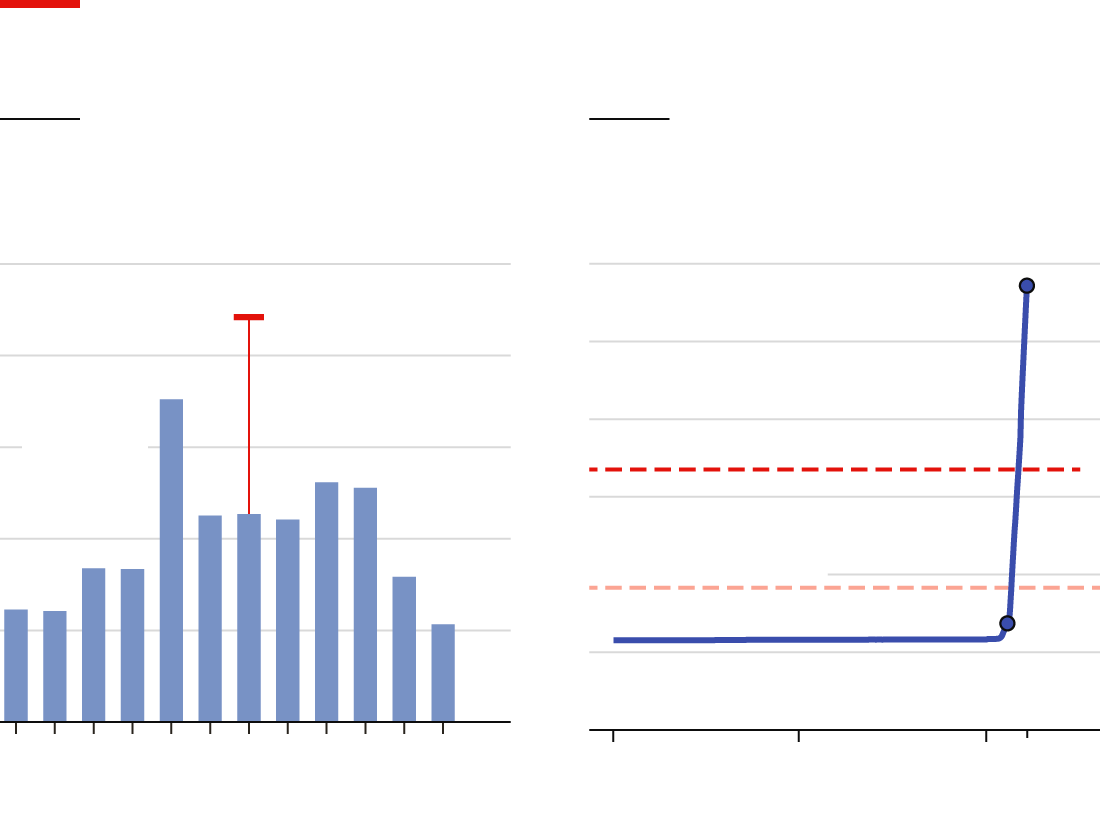
Historical proportions
Ingram weather station Texas,
rainfall, cm
Guadalupe River at Hunt,
water level, July 2025, metres
15
12
11.4 metres at 05:10am
July 4th 2025
10
12
8
9
2000-25
monthly
average
Major flooding
6
6
4
Moderate flooding
3
2.7 metres at 02:30am
2
0
0
J
F
M
A
M
J
J
A
S
O
N
D
2nd
3rd
4th
Source: NOAA
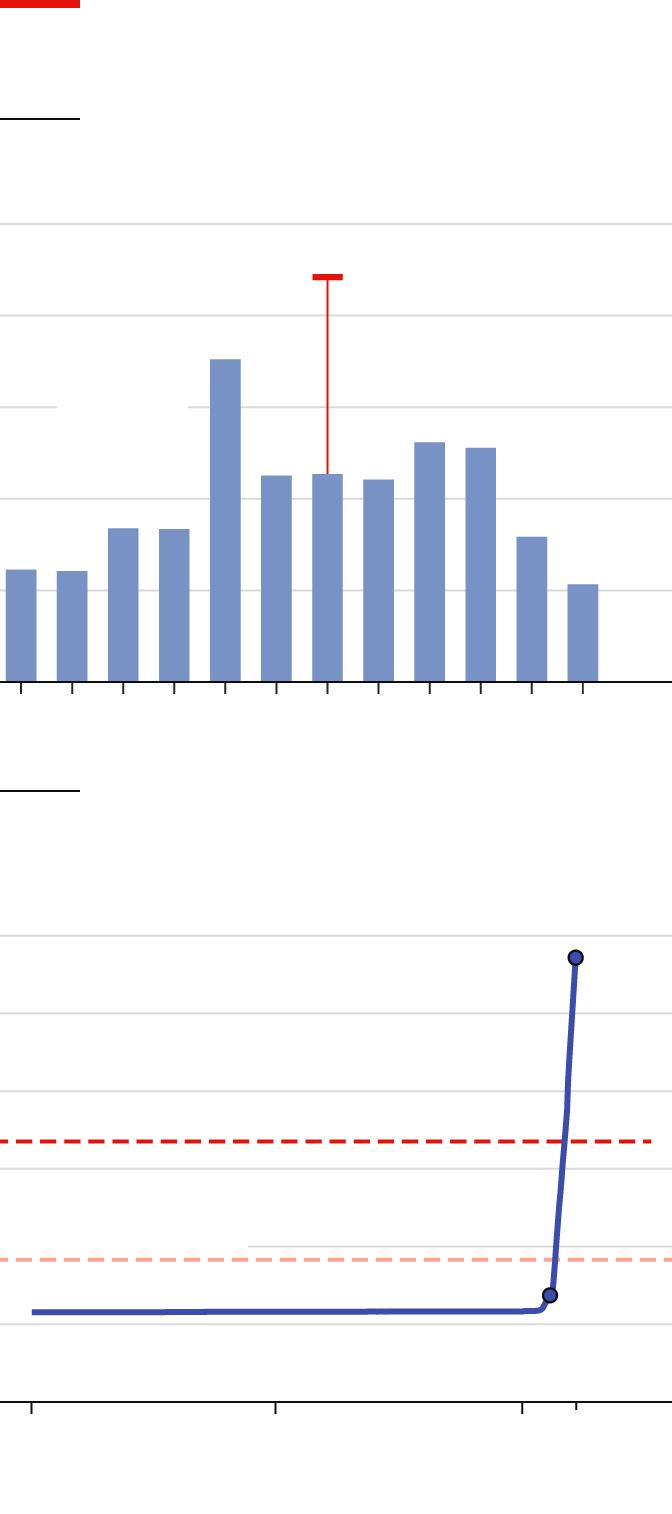
Historical proportions
Ingram weather station Texas, rainfall, cm
15
July 4th 2025
12
9
2000-25
monthly
average
6
3
0
J
F
M
A
M
J
J
A
S
O
N
D
Guadalupe River at Hunt,
water level, July 2025, metres
12
11.4 metres at 05:10am
10
8
Major flooding
6
4
Moderate flooding
2.7 metres at 02:30am
2
0
2nd
3rd
4th
Source: NOAA
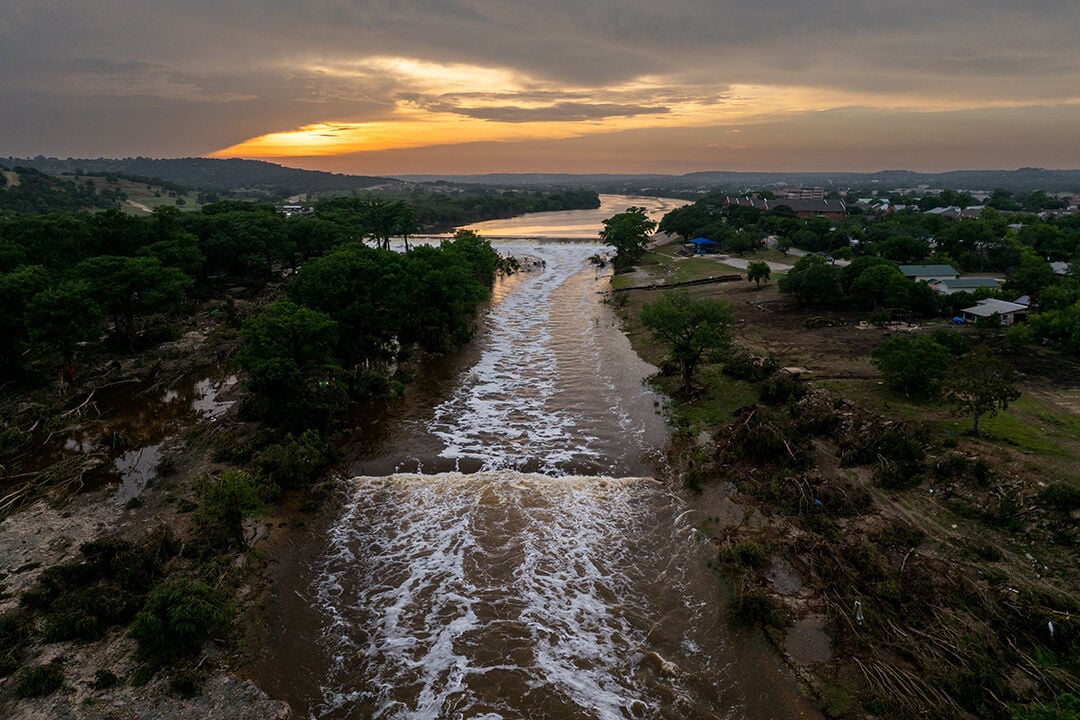
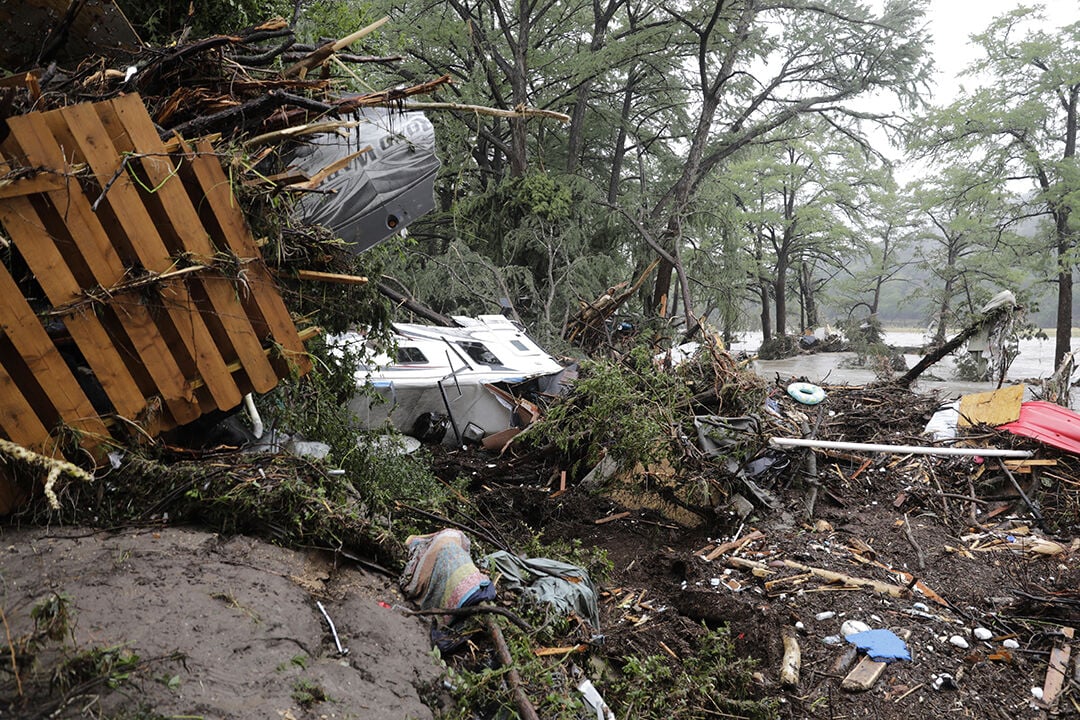
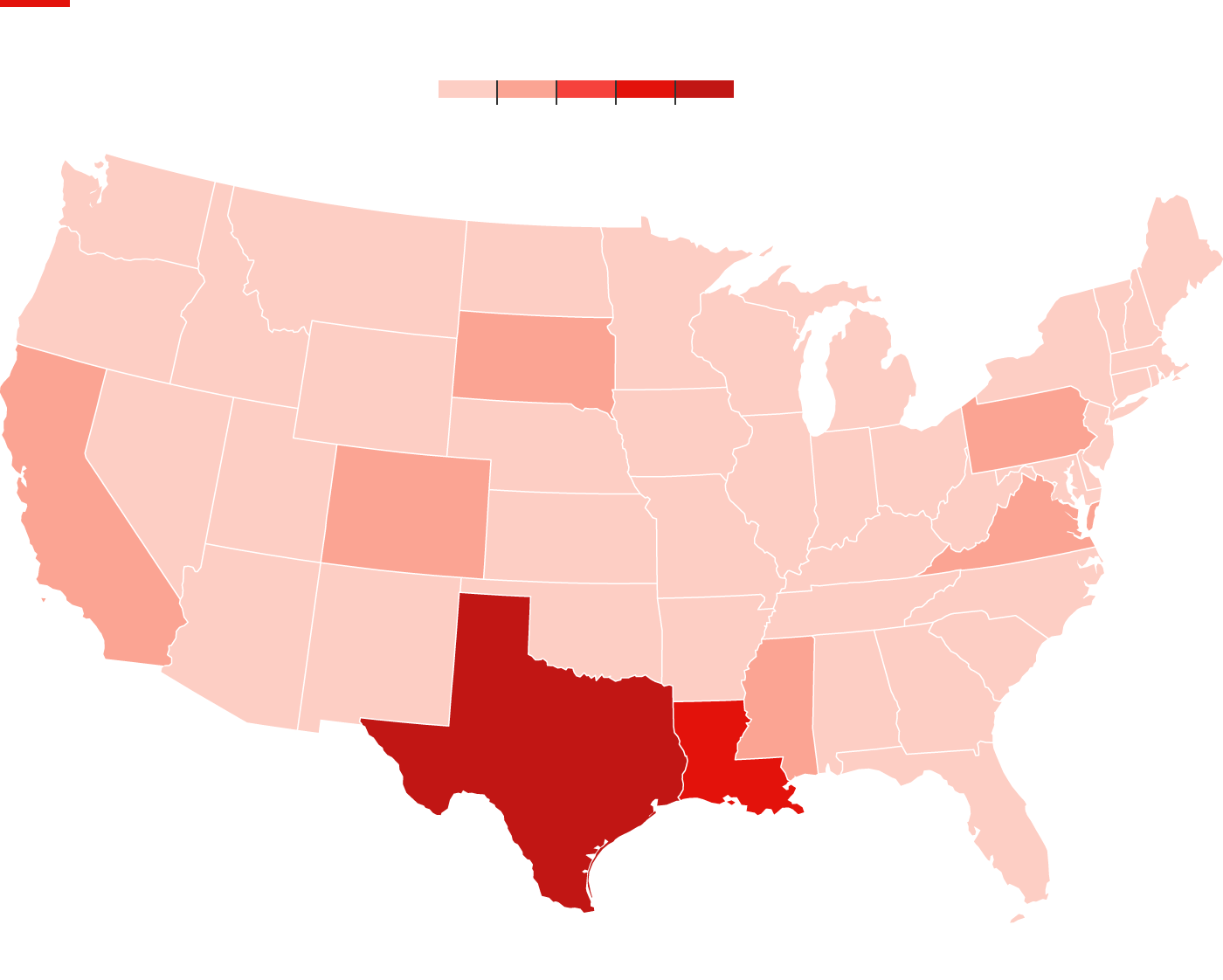
Watermark
Deaths from flooding, 1959-2019
200
400
600
800
Texas
1,069
Source: "Analysis of flood fatalities in the United States, 1959–2019", by Z. Han and H. Sharif, 2021
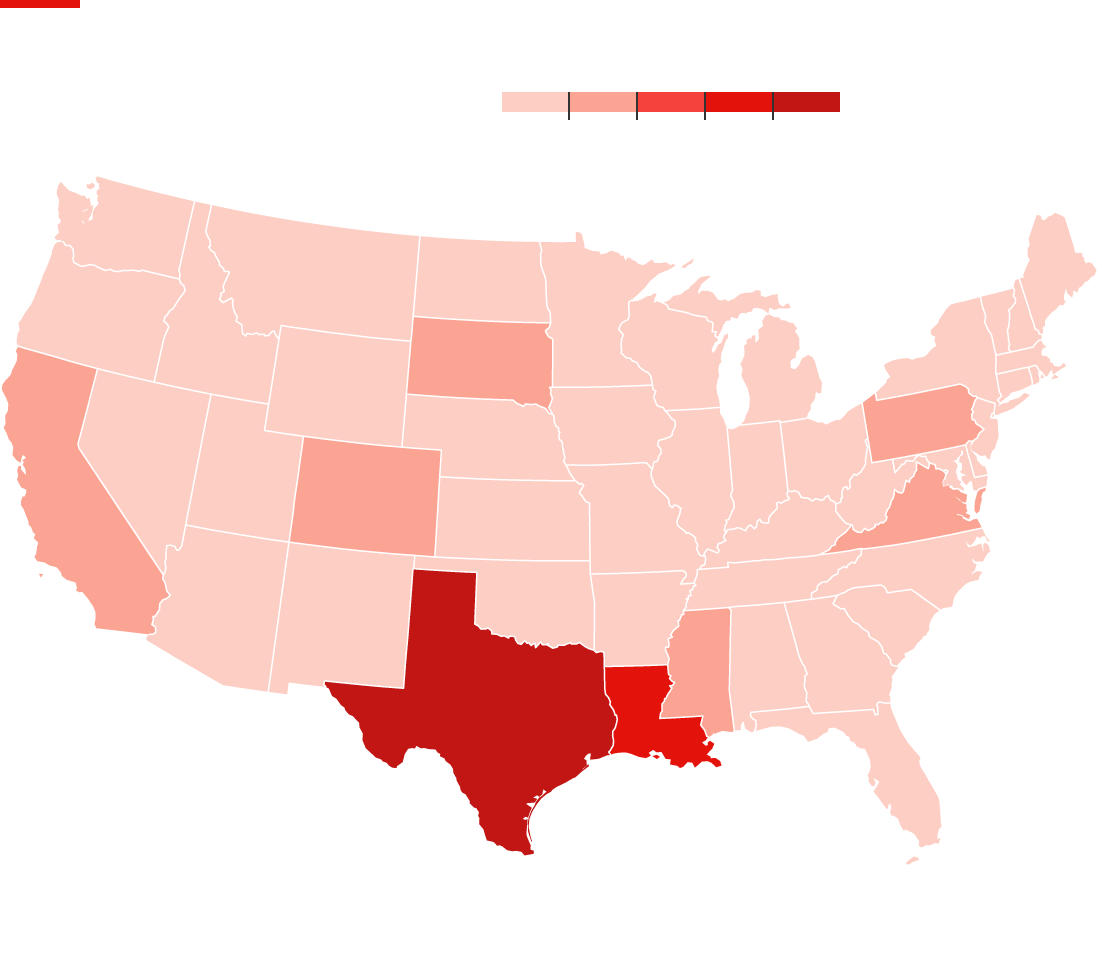
Watermark
Deaths from flooding, 1959-2019
200
400
600
800
Texas
1,069
Source: "Analysis of flood fatalities in the United States,
1959–2019", by Z. Han and H. Sharif, 2021
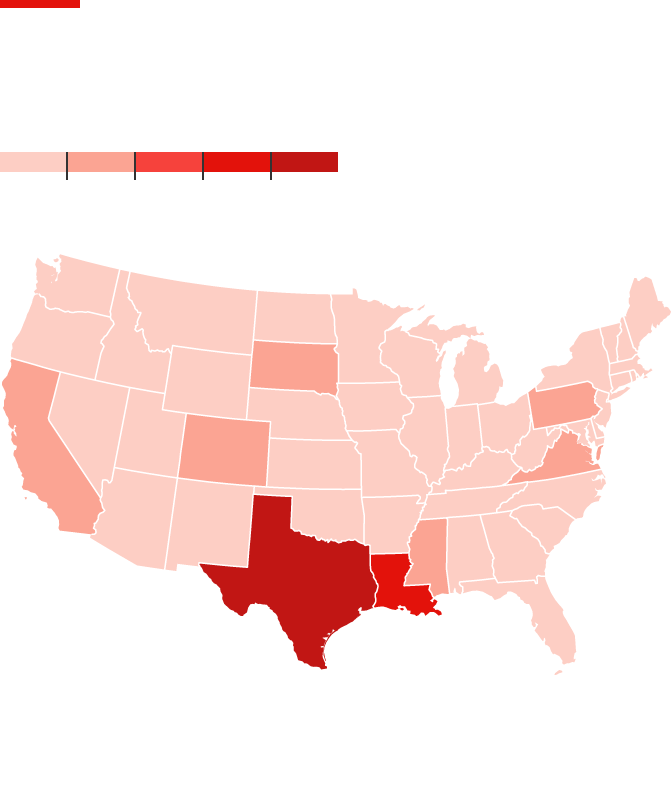
Watermark
Deaths from flooding, 1959-2019
200
400
600
800
Texas
1,069
Source: "Analysis of flood fatalities in the United States,
1959–2019", by Z. Han and H. Sharif, 2021
